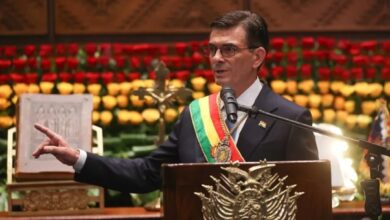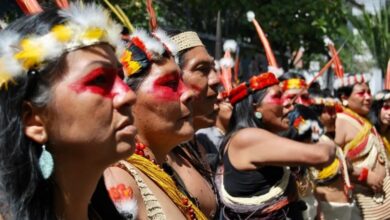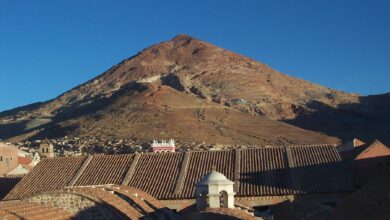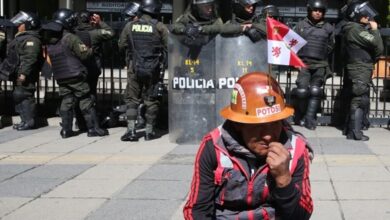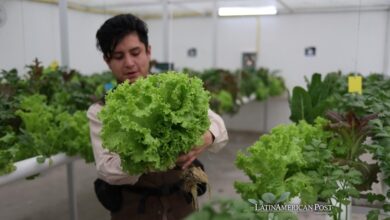Bolivia's Economic Future Defended Amid Criticism And Uncertainty
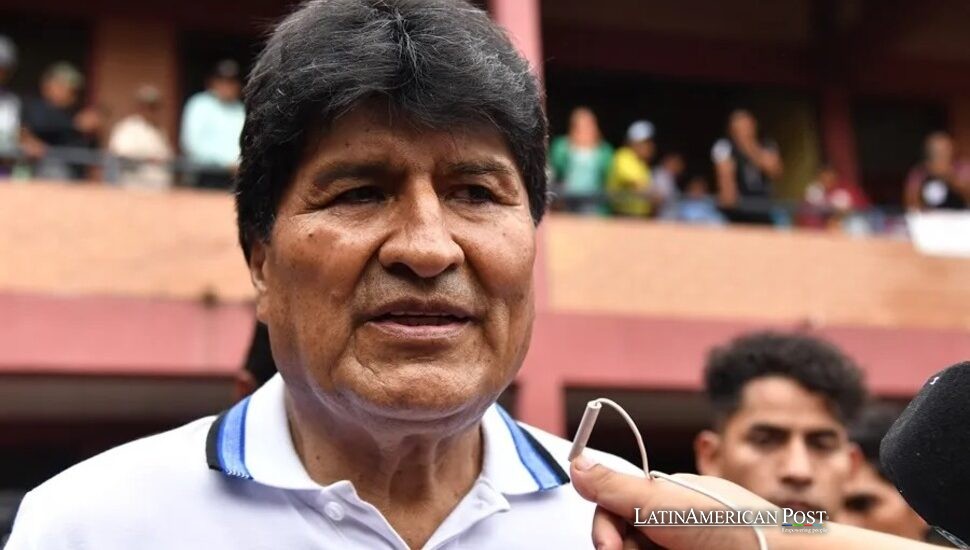
A new round of debate has erupted in Bolivia over whether the governing administration’s distinctive economic approach is nearing its end. Despite worries about rising prices, limited foreign exchange reserves, or domestic political challenges, leaders state the economic framework stays reliable. They assert that complex political competition, not real structural deficiencies, lies at the heart of the nation’s main problems. Below, we explore the core pillars of Bolivia’s current economic strategy, the internal power struggles that shape its implementation, and the complicated road ahead.
An Allegedly Exhausted Economic Model
Numerous critics contend that Bolivia’s long-standing “Social Community Productive Economic Model,” associated with the ruling Movement for Socialism (MAS), has reached its limits. They point to daily challenges such as a shortage of dollars in circulation, scarcity of certain goods, and rising inflation—signs, they say, of a policy that can no longer function as it once did. Opponents argue that the method, introduced years ago under the administration of a previous president, thrived in a climate of high commodity prices but now lacks the versatility needed to confront modern global financial realities.
Members of the government strongly disagree. The government officials claim disruptions in parliament and political conflicts prevent the policy from reaching its full potential. Delays in laws along with administrative battles block successful implementation of the measures. The leaders reject claims about policy shortcomings stating that basic principles hold true – social investments, public control of main sectors as well as domestic industrial growth. To them, any failings reflect blockades in the legislature, or competing factions within MAS, rather than the model itself.
For example, Bolivia’s finance minister states that lawmakers who refuse to approve foreign credit requests cause the ongoing currency shortage (the “liquidity crisis”). The minister highlights several projects that remain stagnant despite their potential to build reserves or attract funding. Inside MAS, a division exists between supporters loyal to either the current or former president. The split creates a legislative standstill, which restricts the administration’s ability to direct monetary policy as well as provide economic stimulus.
However, a fundamental question remains: do extra credit approvals truly address the basic problems critics point out? Various analysts note that short-term borrowing merely conceals structural issues besides postponing unavoidable results. But for the ruling team, the short-term relief would allow for a steadier reactivation, paving the way for ongoing industrialization measures—efforts they say will eventually keep inflation low and ensure job creation.
Political Conflict and the Search for Dollars
Underlying these disputes is the “lack of dollars” that has triggered public frustration. Citizens have complained of difficulties accessing greenbacks to cover business transactions, imports, or even everyday family needs. The government contends that the political gridlock is at fault, freezing the legislative approvals needed to bring in external loans or finalize deals. The administration expects that approved measures will restore foreign currency reserves and reduce market tensions.
Business owners disagree with this view. They point out how government interventions along with fixed exchange practices depend on reserves that just keep falling. This results in exchange houses occasionally limiting sales of U.S. bills, forcing businesses or everyday consumers onto the parallel market at higher prices. The phenomenon, critics argue, underscores how the current policy approach stifles currency liquidity, or else relies on loans that might deepen external debt. People question if a moderate currency devaluation becomes unavoidable in time.
Ordinary citizens struggle with steeper prices for imported products along with uncertainty. The government keeps stating that national debts stay manageable. Indeed, the administration emphasizes that Bolivia’s external debt level stands at about a quarter of its GDP— far from alarming, in their opinion. However, outside analysts see the intersection of this debt with a climate of internal political paralysis, creating real risk for future solvency if present conditions don’t improve.
All of this occurs as inflation hovers close to 10%. That figure, while moderate relative to some neighbors, is high for Bolivia’s recent history. The government blames price increases on problems with transport along with production, pointing to blockades or protests that stop goods from moving. Officials also mention how severe weather conditions, such as droughts and floods, reduce crop harvests. As a result, farmers really need to transfer their additional expenses to consumers. The debate is whether these factors alone can explain the trend or whether structural imbalances—like a diminishing foreign currency cushion—further push prices higher.
Political Divisions Within the Ruling Movement
Perhaps the most consequential aspect is the rivalry within the MAS itself. Historically, the party commanded a supermajority in the legislature, translating to policy continuity and broad support for socialist-leaning initiatives. The previous unity faces a test: one group supports the current president, who promotes economic changes, while populist members align with the former leader. His policies created what many call the “Social Community Productive Model.” The ongoing conflict blocks needed reforms, which really leaves the government stuck in partial paralysis.
Observing from the sidelines, opposition parties are divided as well. Some want a pivot to more market-friendly solutions, while others would keep elements of state-led economics but refine them. For them, the model’s real problem is that it banked too heavily on high commodity prices without establishing a robust manufacturing sector. They argue that, despite official protestations, Bolivia must adjust to a more competitive and open environment. A combination of lower commodity revenues and pandemic aftershocks can no longer sustain the older “bonanza” approach.
Yet to the government, adopting any large-scale reorientation could harm social programs they say remain essential to the population—ranging from subsidized fuel to expanded welfare. They believe the fundamental principle of strong state involvement in strategic resources, like hydrocarbons, continues to serve as a stabilizing anchor. A bridging between MAS party groups must occur to restore legislative progress, which allows new foreign-backed projects to keep the economy stable.
Political analysts who monitor group discussions notice limited paths forward. A lack of consensus threatens to weaken Bolivia while essential monetary or infrastructure initiatives stay delayed. The previous president aims to show how current leaders deviated from party values as well as courts voter backing for a possible return. Observers predict additional governance challenges if the split persists, as factions compete to gain influence ahead of future elections.
A Look to the Road Ahead
Regardless of the infighting, the government maintains that the essential logic behind the “Productive Social Community Model” remains valid and that no evidence shows it is “exhausted” in a structural sense. They vow that if the short-term liquidity woes are addressed and political obstacles are removed, the same approach— melding state activism, strategic industrialization, and social inclusion— can still deliver benefits. That vision includes substituting more imports through local production, thereby preserving foreign reserves and fostering domestic job creation.
Outside observers concede that Bolivia’s combination of social welfare programs and resource-based financing did bring about poverty reductions and other improvements, especially during years of high commodity prices. However, in this environment of reduced global momentum and political discord, whether the old formula can adapt remains questionable. Should the government persist in postponing needed adjustments—like possible exchange rate changes or a rethinking of certain subsidies— the risk of deeper crises might escalate.
On the ground, ordinary citizens anxiously watch for signs of compromise among lawmakers. Many fear the potential ramifications if the legislative gridlock continues. As farmers worry about the next season’s crop in the wake of unpredictable weather, and small businesses look for ways to obtain foreign currency at fair rates, the immediate real-world concerns overshadow partisan arguments. Yet it all circles back to the fundamental question: has Bolivia’s model of strong state involvement and partial commodity reliance really run its course, or is it simply hamstrung by political sabotage?
In the end, the only certainty is that the country will remain at a crossroads unless leaders put forth coherent proposals that unify dissenting factions. If an agreement to adopt new credit lines materializes, it may temporarily stabilize foreign currency needs and re-energize the government’s plan for import substitution industries. On the other hand, continued stalemate could undermine social gains made in prior years and heighten the cost of living for many. The minister’s claim that Bolivia faces no solvency trouble— only a liquidity challenge— might hold up if, and only if, political will emerges to fix it.
Also Read: Sheinbaum to Steer Mexico Through Economic and Environmental Crossroads
As the administration stands firm in defending its model, critics continue to blame structural flaws and a shortage of transparency. If a constructive dialogue arises, bridging the gap between the president’s allies and the faction loyal to the ex-president, perhaps new legislative channels will open. The lack of clarity feeds a climate where people question how long the model lasts, which creates anxiety as well as supports claims that Bolivia’s signature system needs to adapt. The economic path of the nation really matters, regardless of changes to come.

